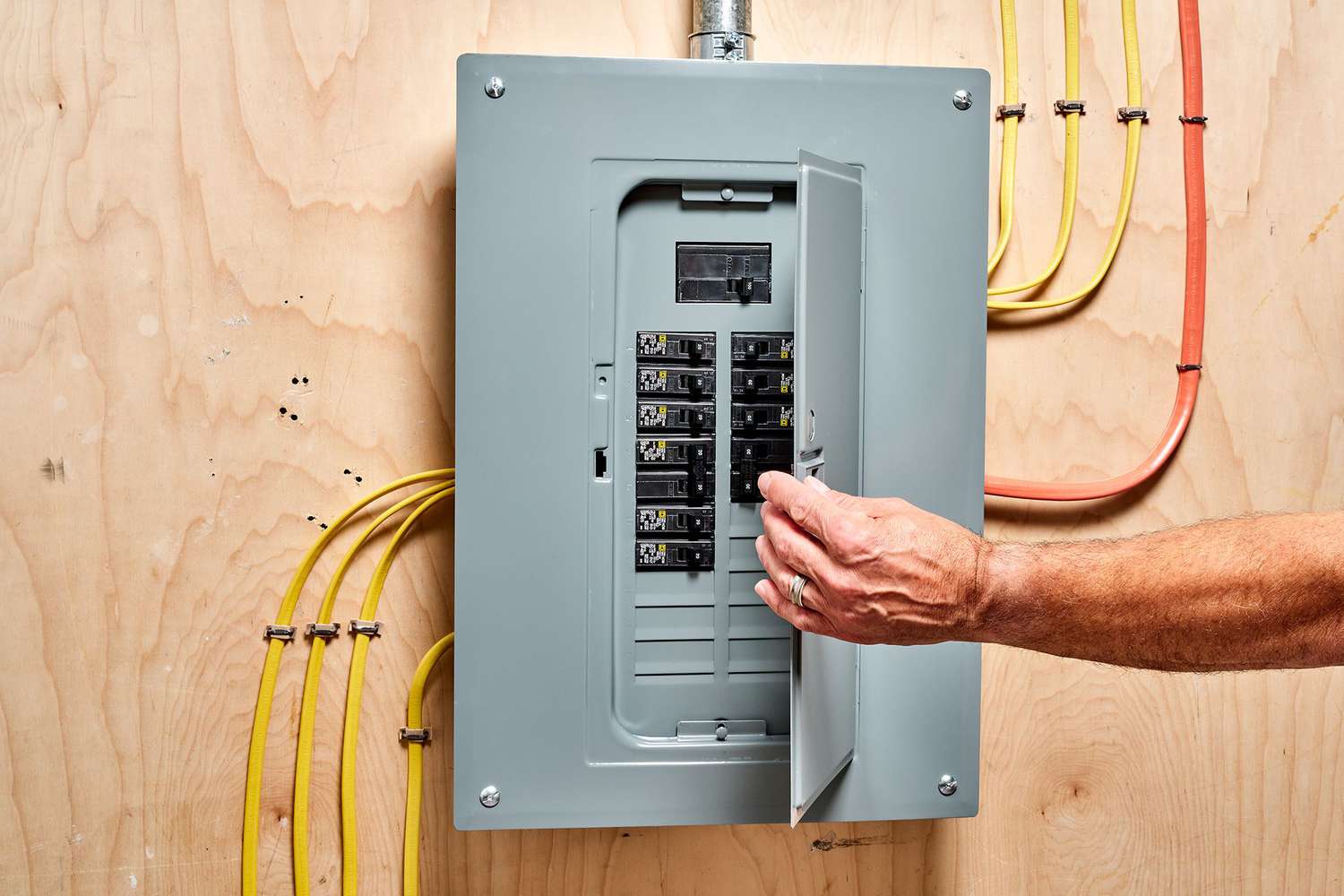Signs of an Aging Electrical Panel
Your home’s electrical panel serves as the central hub for distributing electricity. Over the years, wear and tear and technological advancements can render these panels inefficient. Flashing lights, repeated circuit breaker trips, or a panel that is warm when touched are warning signs suggesting possible problems. Such signs should not be ignored, as they hint at more profound issues that could compromise the entire electrical system. Leveraging home energy assessments can comprehensively overview your energy usage patterns. These assessments identify inefficiencies and recommend solutions that optimize power use and system functionality.
Modern Electrical Demands
As we embrace an era dominated by technology, the demands on our home electrical systems naturally increase. Today’s households run many devices not envisioned when older panels were installed. From high-performance computers to smart home systems that operate 24/7, the strain on electrical panels has intensified. If your panel frequently reaches its capacity or struggles during peak usage, it might be time to explore an upgrade. By consulting with professionals offering electrical services, you can get a tailored analysis of your home’s energy needs. This ensures your electrical system can handle current and future demands.
Safety Concerns and Hazards
Ensuring safety is a crucial factor when evaluating the necessity for replacing an electrical panel. Old or damaged panels can cause electrical hazards, such as overheating, fires, or power surges. If your panel shows signs of wear, like frequent tripping or outdated components, it may no longer safely handle the electrical demands of your home. A faulty panel can also lead to poor electrical installation, creating a risk for appliances and people. Disregarding these problems can lead to serious repercussions, such as electrical shock or fire. It’s essential to have a qualified professional inspect the panel regularly to assess any potential risks and ensure it is up to date with safety standards. Timely replacement can prevent accidents and keep your home and family safe.
Adding New Appliances or Remodeling
Home renovations and adding new appliances bring excitement and increased energy demands. Modern appliances, particularly those in the kitchen or laundry room, require significantly higher power. Evaluating if your existing electrical panel can handle these modifications is essential when organizing renovations. An assessment of your existing system’s capability is necessary to avoid potential overloads that could lead to frequent tripping or more severe issues. Upgrading your panel ensures a seamless transition when adding new high-demand devices, allowing you to enjoy modern conveniences without disruption.
The Cost-Benefit Analysis of Upgrading
Upgrading an electrical panel involves financial considerations. However, the decision becomes more manageable when viewed through the lens of long-term benefits. A modern, efficient panel reduces energy waste and optimizes the flow of electricity, potentially leading to lower energy bills. In addition, improving your electrical infrastructure can boost your home’s market value, making it more appealing to prospective buyers. The increased efficiency, safety, and property value resulting from a panel upgrade typically validate the upfront costs, providing a return on investment that is financially and functionally advantageous for the homeowner.
Seeking Professional Assessment
Enhancing your electrical panel is crucial, so seeking professional advice is advisable. Certified electricians bring specialized knowledge and an understanding of local electrical codes, ensuring all work is performed up to standard. A professional assessment clearly shows your current system’s strengths and weaknesses. With expert advice, you can receive recommendations tailored to your home’s unique needs.
Stay in touch to get more updates & news on Essential Tribune!







